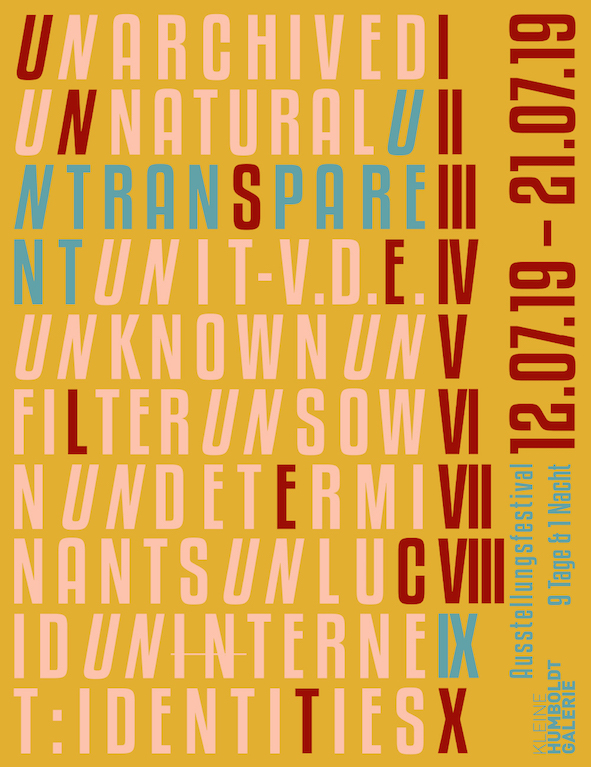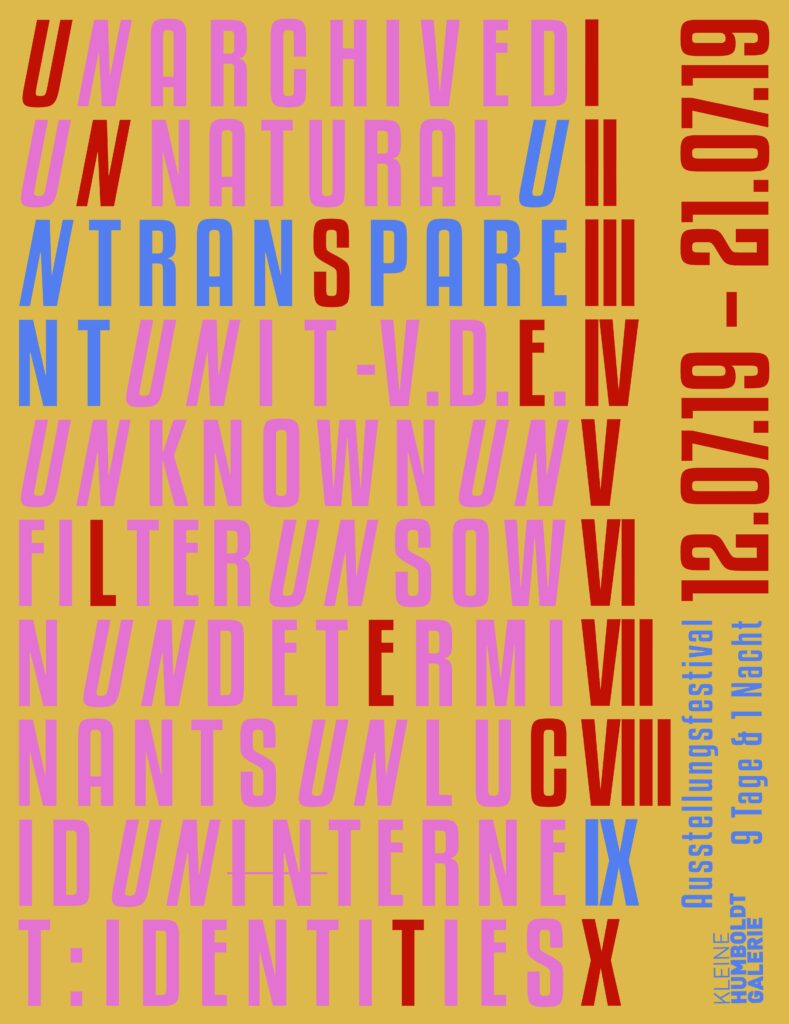untransparent
19.07.19, 10.00 AM – 6.00 PM
Study cabins in the Jacob-und-Wilhelm-Grimm-Zentrum, Humboldt-Universität zu Berlin


Every item taken inside the Central Library must be transparent: from the bag and the bottle, to the liquid inside the bottle. From every point inside the building, one can see almost every part of it: the study cabins, the small rooms with transparent walls for group work, as well as the main reading area. At the same time one always remains visible. Everything is surrounded by glass, clear lines, and bright, almost dazzling lights. In it, one discovers nearly endless rows of shelves, filled with books, scripts, studies, anthologies, and lexica. Scientific essays, all lined up next to novels, followed by epoch surveys and journals.
However, rather than a sheer collection of printed papers, something greater resides within: knowledge.
We interpret libraries as places meant for remembrance and research. In them, all relevant knowledge is supposed to be collected and stored; knowledge, which could offer new insights and enable continuance of writing local and universal history. One must ask, however, in which way this history is written and whose narratives, displayed on the library shelves are accessible to the public?
This exhibition aims to give space inside the Central Library for alternative knowledge and different forms of history writing.
The displayed works of the Polish-British artist Michal Martychowiec deal with the nature, individuality and limits of history by using historical language and visual traditions. Furthermore, he creates a metaphorical investigation of the structures of history and provides a structural frame for the exhibition that is based on the construction of the ancient Chinese board game weiqi, in English known as Go.
Laura Horelli’s 21-minute video work “Namibia Today” shows seven people waiting in an underground station below Karl-Marx-Allee. They are being left with their memories and diverse ways of storytelling, remaining motionless in their movement. With her work, the Finnish artist draws attention to the intersecting histories of Namibia and East Germany, looking not into the past, but also into the future.
Complemented by these artistic works that place alternative stories in the foreground, the team of SAVVY.doc presents a selected part of their archive in order to reflect upon presence and absence in public libraries. As the documentation and archive centre of SAVVY Contemporary, SAVVY.doc holds a multitude of written texts and functions as a collaborative space for contemplation. Rather than categorizing and removing our collective memory, SAVVY.doc encourages to reflect on our present, past and future.
Artists
Laura Horelli
Michal Martychowiec
Curated by Lotta Feibicke, Benedek Hrutka, Natalya Kreminchutsky and Uria Mann
